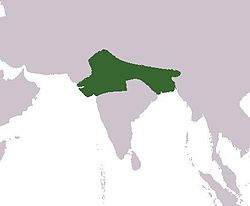- Joined
- Aug 10, 2009
- Messages
- 3,582
- Likes
- 2,538
Indian aggression ??? - ABSOLUTE NONSENSE ! Between the two the, agressive ( or more accurately, theentirely echo @Bhadra 's point i.e. no substantial alteration of actual control. nevertheless there was always a silver lining to the cloud
1) an end of further aggression by India, followed by decades of "peace and tranquility"
AVARICIOUS ) one by far is you know who - and the ASEAN countries and Japan
are going to be telling the whole world , via the International Court of Justice all about that for the next few decades
- so the whole world will be reminded about the nature of your society.
so you have chosen packland as your toilet cleaners ? hahahahha2) earning an all weather friend. quite a twist for Pakistan from a member of encroaching SEATO to China's buddy.

 ..... we, in comparison will have Japan
..... we, in comparison will have Japan  and Vietnam :thumb: as our respected associates - it's a good deal !
and Vietnam :thumb: as our respected associates - it's a good deal ! 
Last edited by a moderator:


